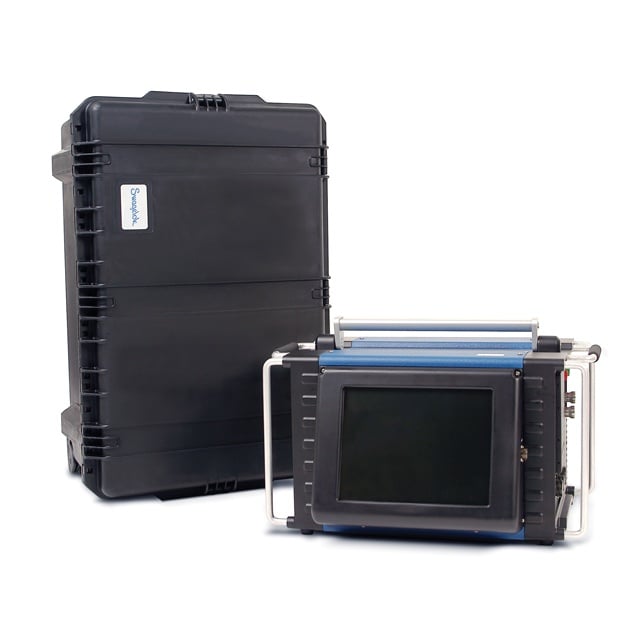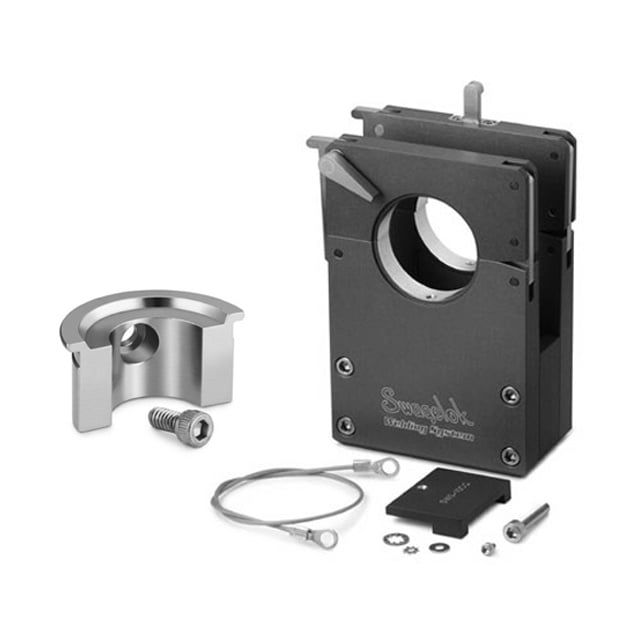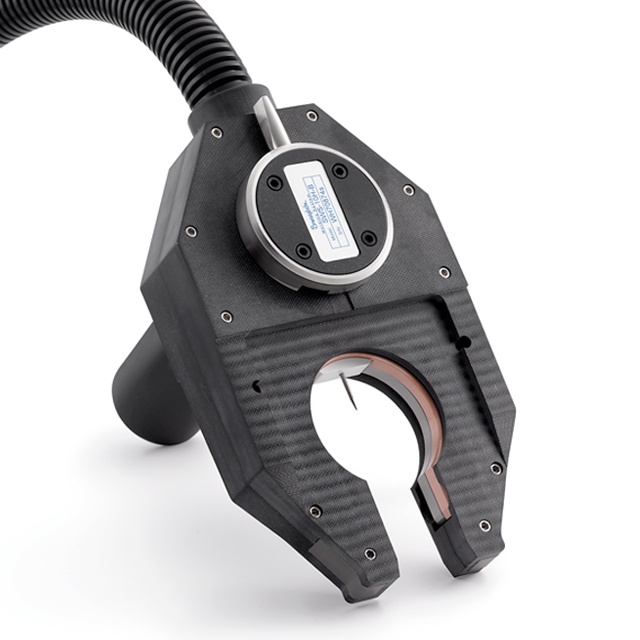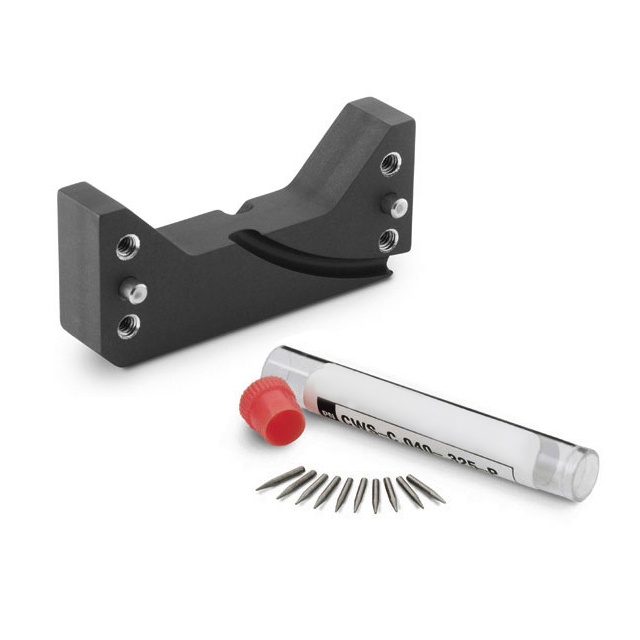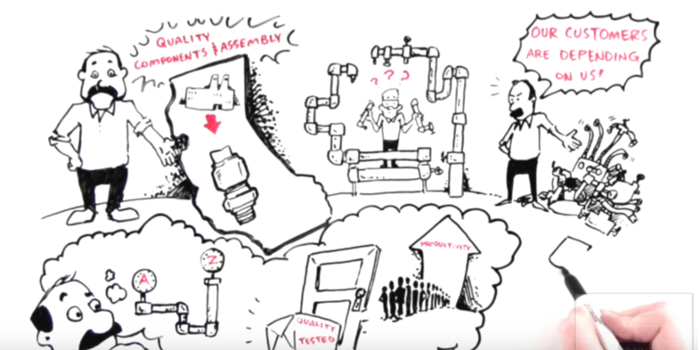Welding is a challenging job in the refinery industry. A minor mistake can have enormous cost and safety implications. It is imperative to identify and design safety measures to successfully mitigate potential hazards that could surface during manual welding operations.
Orbital welding training on risk assessment and mitigation would further help manufacturers and welders acknowledge the importance of switching to automation for improved workplace safety.
This guide provides an overview of welding safety hazards in refineries and how orbital welding can lower the risks associated with operations.
An Overview of the Welding Safety Rules for Different Hazards in Refineries
The potential hazards associated with welding can be broadly classified into the following six categories:
Radiation Hazards
In manual welding, welders are exposed to different types of ionizing and non-ionizing radiations, including UV rays, infra rays, and visible light. These radiations could adversely affect the skin or may cause eye injuries under prolonged exposure. The use of proper clothing and eye protection under OSHA regulation (1910.133) ensures safety from harmful radiations. The inner exposed surface of the workspace must have fire-resistant curtains hanging around and should have a proper ventilation flow to mitigate the hazards to a great extent.
Electromagnetic Field (EMF) Hazards
It is recommended for the workers to keep a safe distance from welding electrodes, work cables, and the power source as they create an electromagnetic field (EMF) around them. An EMF may not pose a threat to a worker without an underlying health condition but certainly can harm persons with pacemakers.
Heat Hazards
Heat emitted from the metal during welding and cutting operations may cause sunburns, hyperthermia, and heat stress to the working personnel. It takes a combination of engineering methods, work practices, and PPEs to control the heat stress. There should be optimum airflow within the station through cooling fans and mechanical air-conditioning systems.
Fire Hazards
Welding and cutting processes in refineries are prone to fire hazards. Therefore, these processes must be carried out inside buildings made of non-combustible materials. Moreover, the workplace must comply with OSHA's Process Safety Management Standard and must hold a hot work permit issued by management.
Electrical Hazards
Any accidental contact with live electrical parts can pose a threat to workers involved in an electric welding process. Thus, all employees must have personal PPE for electrical works. Employee training on electrical work safety as per OSHA's Electrical Hazard Training Standard is paramount for any industry. Any installation, operation, and maintenance of electrical parts during the welding procedure should be done only by qualified individuals.
Inhalation Hazards
Prolonged and repeated overexposure to toxic welding fumes and gases can cause harm to the respiratory or neurological system. Nearly one-third of the total fumes produced come from DC positive welding, and the rest are majorly contributed by electrode metal, flux material, and coatings on the base metal. On the contrary, there is no presence of toxic fumes in orbital welding, and most industries fail to realize this fact until an orbital welding training on risk assessment is performed.
The welder can reduce the fume generation rate by altering linked factors such as voltage, arc length, current, weld position, shielding gas, etc. Similarly, the concentration of toxic gases in a confined workspace generated from the decomposition of shielding gases and fluxes can be effectively addressed with a proper ventilation system.
Given the degree of risk, operators need to exercise great care while performing standard welding procedures on a complex array of pipes, vessels, carbon steel structures, and other components of a refinery. A thorough orbital welding training on risk assessment would help industries acknowledge the fact that orbital TIG welding helps lower the potential risks.
How Does Orbital Welding Lower the Risk of Hazards?
Orbital TIG welding is often used to join stainless steel tubes or pipes containing hexavalent chromium. During the welding process, it converts to a highly toxic state that can cause dizziness and nausea. The high amperage delivered via electrode produces UV radiation and infrared radiation capable of damaging skin and eyes without appropriate apparel and head protection. Moreover, the welding environment can further turn hazardous due to limited workspace and inadequate ventilation, just like in the case of manual welding processes.
However, orbital welding can operate with a remote management setup to help the operator perform the job from a safe distance, thereby limiting the exposure to a hazardous environment.
Unlike manual welding, the lead welder does not require assistance to perform supporting tasks; a well-trained operator is sufficient to carry out the entire procedure. That said, orbital welding lowers the manpower at risk by 50%.
Though orbital welding poses fewer hazards than most manual welding methods, the degree of risk is still high without proper training.
Swagelok Orbital Welding Training on Risk Assessment for Industries in Northern California
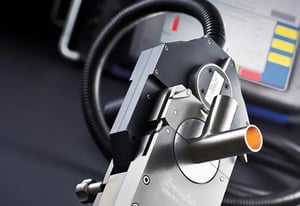 Orbital welding training by equipment manufacturers is more cost-effective and profitable than other options. Training from a renowned manufacturer with acquired knowledge of orbital welding ensures deep knowledge transfer from experts to your welders. And, you can rest assured of a trainer's prompt availability in post-training situations to deal with on-the-job emergencies requiring an expert's intervention.
Orbital welding training by equipment manufacturers is more cost-effective and profitable than other options. Training from a renowned manufacturer with acquired knowledge of orbital welding ensures deep knowledge transfer from experts to your welders. And, you can rest assured of a trainer's prompt availability in post-training situations to deal with on-the-job emergencies requiring an expert's intervention.
Swagelok’s M200 Orbital Welding System has been used by refineries in Northern California and beyond. To help local industries meet the demand for a skilled workforce in orbital welding, Swagelok offers a five-day orbital welding training course for both skilled and new welders. The program aims to deliver a basic understanding of GTAW principles specific to the Swagelok M200 Orbital Welding System and prepare welders to prevent and troubleshoot on-the-job welding problems with ease. All trainers are certified with Certified Weld Inspector (CWI) and Certified Weld Educator (CWE) qualifications. The course also includes additional training required to prepare welders eligible for ASME Section IX qualification.
To find out more about how Swagelok Northern California can help you mitigate welding risk through orbital welding, contact our team today by calling 510-933-6200.


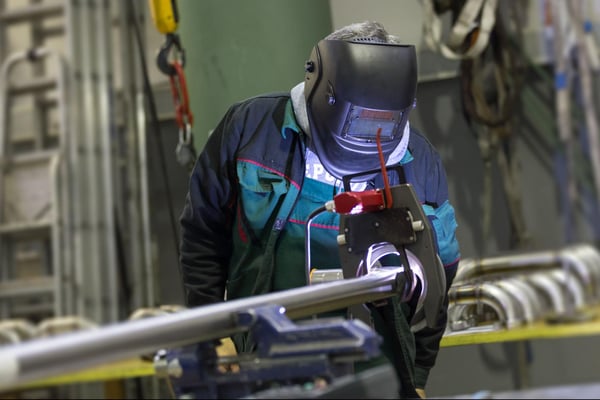
 Orbital welding training by equipment manufacturers
Orbital welding training by equipment manufacturers